In response to the economic turmoil of COVID-19, many business have sought debt forgiveness from their creditors in an attempt to stabilize their finances. Debt forgiveness strategies come under certain rules and regulations, which can have consequences for tax amounts and attributes. These rules can also lead to an income inclusion. Before seeking debt forgiveness, it is wise to consider how the debt forgiveness rules may apply to your situation and what effect they might have on your finances.
Which types of loans fall under debt forgiveness rules?
The rules normally only apply to commercial debts, which refer to any loans used for business or investment income purposes. Personal debts are not subject to debt forgiveness rules.
The portion of debt forgiven may be whole or partial and is referred to as the forgiven amount. The forgiven amount is equal to the current principle total debt minus the amounts paid on settlement or to the amount that would normally be include in the debtor’s income (settlement of shareholder loans). In circumstances where the debtor is bankrupt, there cannot be a forgiven amount.
Generally, commercial debts are obligations whose interest expenses eligible for tax deductions or would be hypothetically deductible for no-interest loans (e.g. if they charged interest). As a broad rule of thumb, the loan interest is deductible for tax purposes wherever the loan is used to earn income. In the case of outstanding unpaid interest on commercial loans, the interest is treated as a commercial debt obligation in its own right.
When commercial obligations are rendered parked obligations, debt forgiveness rules can also come into play. This occurs when a commercial debt obligation is acquired by a relation of the debtor—such as a family member or significant shareholder—for less than 80% of its original amount. Such rules come into effect for a broad variety of transactions to prevent debtors from transferring debts to relatives or parent companies and having subsidiaries then failing to collect the remainder. Within this process of parking or settling commercial debts, any forgiven amounts are then applied against other tax benefits attributed to the debtor. Such beneficial tax attributes include valuable attributes such as cost bases in capital property and accumulated capital and non-capital losses. After all tax benefits have been zeroed, then 50% of any remaining forgiven debt is included in the taxpayer’s annual income. Where there is a partnership with the debtor, this amount increases to 100%. There is the option to take a reserve for corporations and trusts, which spreads the income inclusion over five years.
How can the impact of debt forgiveness rules be reduced?
Certain circumstances can give rise to the mitigation or avoidance of debt forgiveness rules. One such circumstance would be for debtors to transfer the remainder of unapplied forgiven debts. In this process, parents or subsidiary companies would usually be eligible transferees. However, such transfers are only permitted where the debtor’s tax attributes are reduced to the maximum amount, alongside the preparation and filing of an election form.
There can also be provisions made for financially distressed or limited debtors, allowing for relief from debt forgiveness rules. Such circumstances include bankruptcy, low net asset corporations, and modest income persons. The relief allows for the elimination of income inclusion for insolvent debtors, or the spreading out of the income inclusion over several years.
